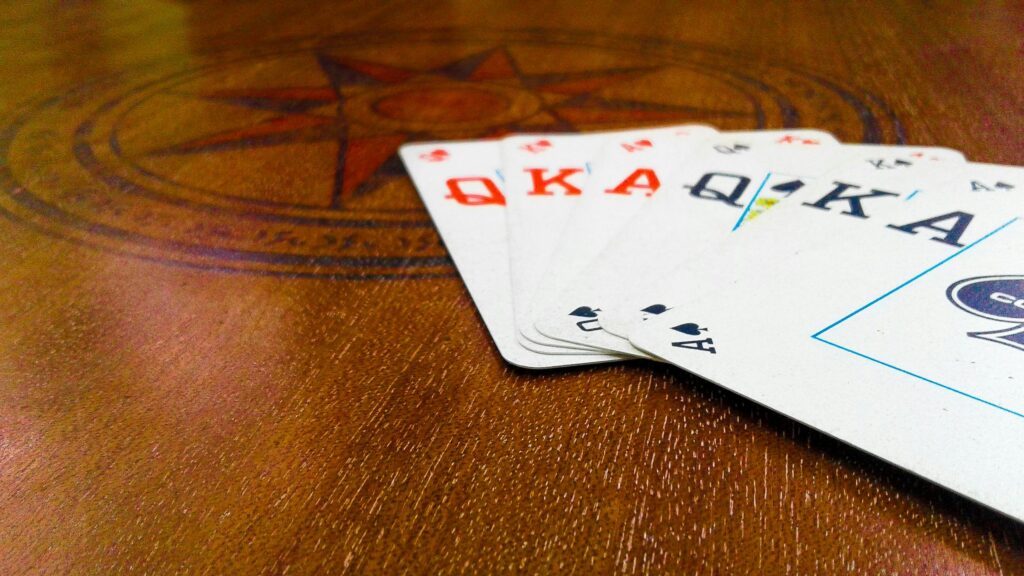The classic War card game is a staple of family game nights, an excellent choice for players seeking straightforward yet engaging entertainment. This timeless game, known for its simplicity and quick setup, can bring hours of fun to both children and adults alike. In this comprehensive guide, we’ll dive into the ultimate rules, strategies, and variations of War, ensuring you’re well-equipped to emerge victorious in this battle of chance.
Understanding War: The Basics
War is a card game typically played with a standard 52-card deck. The goal is simple: win all the cards. It’s mainly a game of luck, making it accessible to players of all ages and skill levels.
Setting Up the Game
Setting up War is straightforward:
- Shuffle the deck thoroughly.
- Distribute the cards evenly among the players, face down.
- Ensure each player has the same number of cards.
How to Play War
To initiate battle, players follow these steps in each round:
- Each player reveals the top card of their deck simultaneously.
- The player with the highest card wins the round and takes the cards.
- Winning cards are placed at the bottom of the winner’s deck.
- If there’s a tie (War), see the tiebreaker rules below.
Dealing with Ties: War!
In the event of a tie, the game escalates to War following these steps:
- Each tied player places three cards face down on top of the tied card.
- Then, they reveal the next card.
- The player with the highest new card wins all the cards played this round.
- If another tie occurs, repeat the War procedure.
Variations to Enhance the Game
Bored of the classic rules? Spice up your game with these variants:
- Joker’s Wild: Including Jokers as wild cards can turn the tide of any battle.
- Multiple Wars: In case of a tie during War, engage in double or triple wars, increasing the stakes and excitement.
- Points System: Assign point values to each card to play a version of War that ends when players reach a predetermined score.
Tips for Winning at War
While War is largely based on luck, consider these strategies to slightly edge out your competitor:
- Keep track of high and low cards played, anticipating what your opponent might have left.
- Engage in psychological warfare. Show confidence or hesitation to trick your opponent into thinking you have certain cards.
Conclusion
War is more than just a simple card game; it’s a mix of luck, strategy, and anticipation that has entertained generations. Whether you stick to the classic rules or integrate exciting variations, the key to War is to enjoy the spirited battles and cherish the moments of victory. So shuffle up, declare war, and may the best player win!

